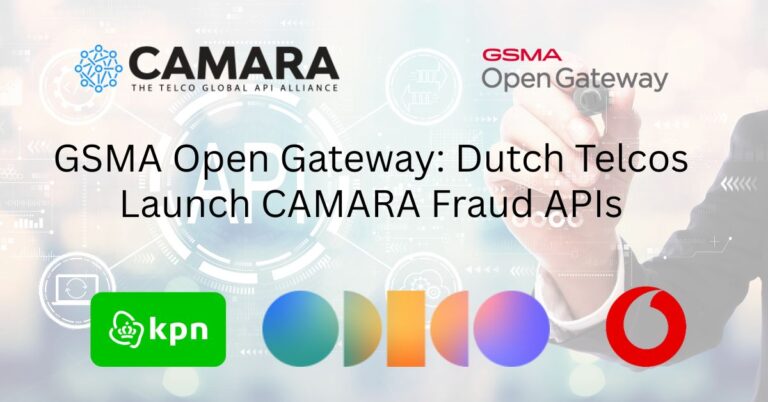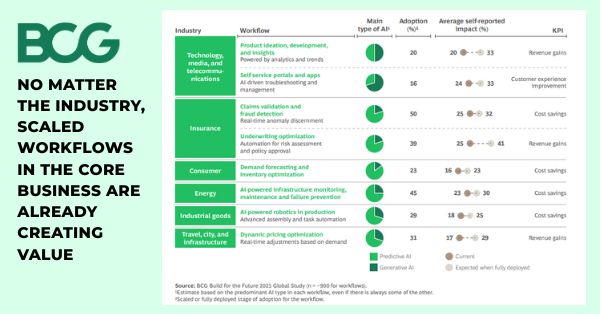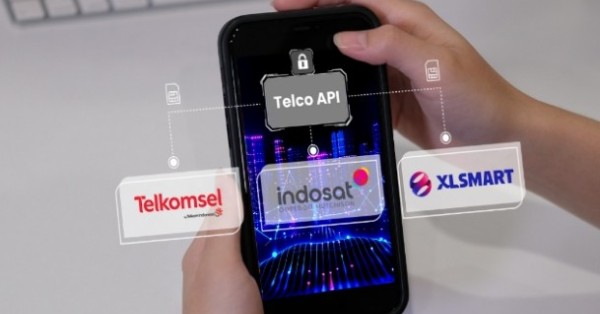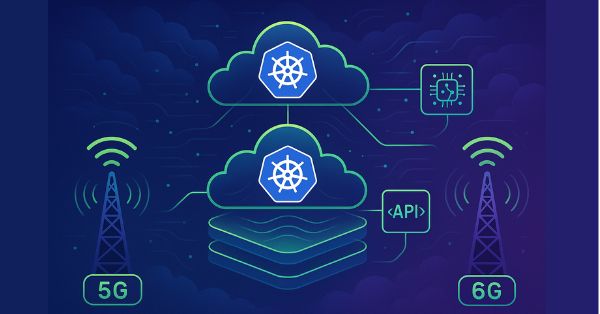- Tech News & Insight
- November 3, 2025
- Hema Kadia
A coordinated launch in the Netherlands brings standardized, network-powered security APIs to market at national scale. KPN, Odido, and Vodafone Netherlands have jointly introduced a set of security services based on CAMARA, the open-source API framework hosted by the Linux Foundation and aligned with the GSMA Open Gateway program. Working























